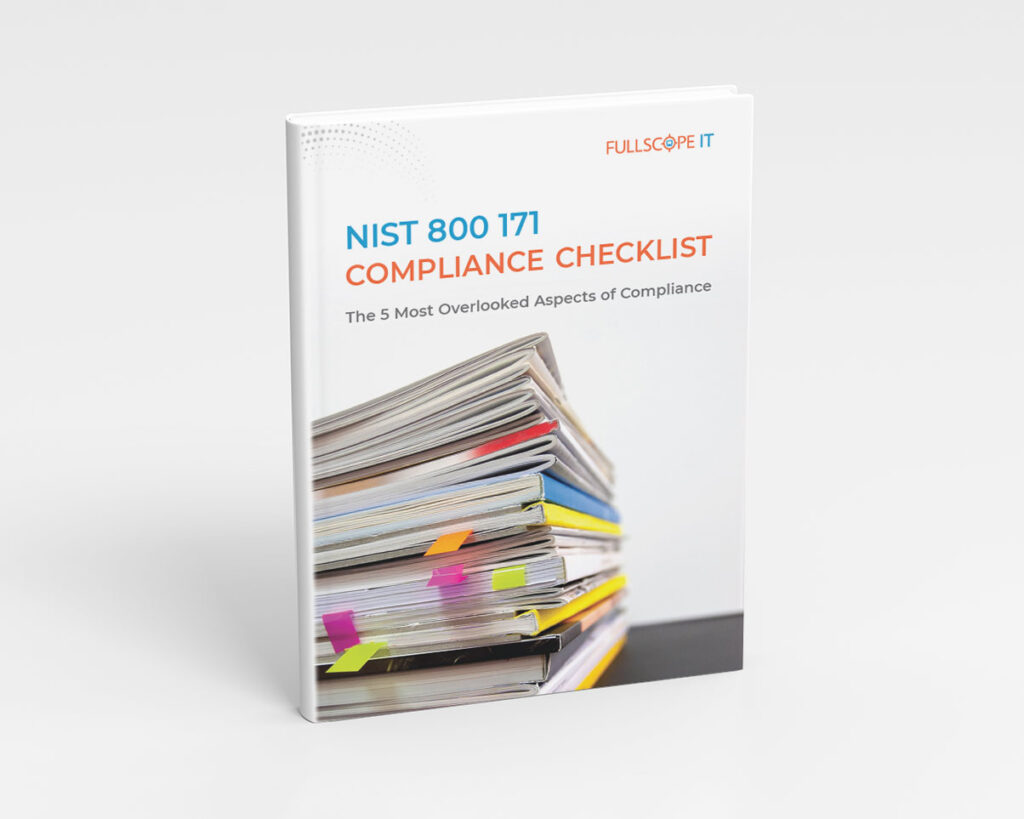What Is a DDoS Attack and How to Prevent Them?
How to protect your business from Distributed Denial of Service (DDoS) attacks
Cyberattacks are on the rise in today’s hyper-connected digital world. Terms like “hackers,” “ransomware,” and “phishing emails” have become part of our daily vocabulary. One of the most damaging types is Distributed Denial of Service (DDoS) attacks.
But what is a DDoS attack and why should businesses care about them? As our reliance on internet-connected devices and online services grows, so does our vulnerability to these attacks. And with cybercriminals becoming more sophisticated, protecting your business from DDoS attacks is crucial.
Downtime caused by a DDoS attack means lost revenue, harm to your reputation, and the possibility that sensitive data could end up in the wrong hands. This article from FullScope IT explores everything there is to know about DDoS attacks, including how they work, the types of DDoS attacks, and strategies for protecting your organization against them.
What Is a DDoS Attack?
A Distributed Denial of Service (DDoS) attack is an attempt to disrupt the normal operation of a network, service, or website by overwhelming it with an excessive amount of internet traffic. These attacks can be highly destructive. Unlike a Denial of Service (DoS) attack, where one computer and one internet connection flood targeted resources, a DDoS attack uses multiple compromised devices (called a botnet) to amplify its impact. The primary goal? To incapacitate websites or online services to deny access for legitimate users.
How Does a DDoS Attack Work?
DDoS attacks typically begin when an attacker exploits vulnerabilities in internet-connected devices. Once they gain control of the device, they incorporate it into a botnet. These bots, which are compromised Internet of Things (IoT) devices, are then commanded to send a massive number of requests to the target server or network, overwhelming its resources.
Common Types of DDoS Attacks
DDoS attacks come in many flavors. Here are some of the most common types:
- Volumetric Attacks: These attacks try to flood a network with tons of traffic to slow it down or crash it. Think of it like a traffic jam for websites.
- Protocol Attacks: These attacks target how data gets sent across networks so servers are hard to reach. Imagine someone repeatedly ringing your doorbell but running away before you can answer.
- Application Layer Attacks: These attacks focus on specific applications or services, like websites. They send fake requests to make the service hard to use.
Risks of DDoS Attacks
DDoS attacks pose multiple risks to businesses:
- Downtime: DDoS attacks can shut down websites and online services, leading to financial losses.
- Reputation Damage: If a business gets hit by a DDoS attack, people might not think it’s safe to use their services anymore. This is especially true if it involves personal information.
- Legal Problems: If a business has to comply with certain regulations, like privacy laws, a DDoS attack could get them into trouble.
How to Identify a DDoS Attack
Detecting a DDoS attack early is critical. Look out for these signs:
- Unexplained Traffic Surges: Sudden, unexplained spikes in internet traffic from multiple IP addresses.
- Network Performance: Noticeable, unexpected network slowdowns.
- Service Unavailability: Specific services (e.g., email, website) becoming suddenly unavailable without a clear reason.
- Increased HTTP Requests: Abnormal spikes in HTTP requests, especially from a single or set of IPs.
- Firewall and Router Activity: Unusual behavior or a surge in connection requests on these devices.
How to Prevent a DDoS Attack
To prevent a DDoS attack, follow these five key strategies:
Infrastructure Resilience
Strengthen your infrastructure by spreading it across multiple data centers and regions. This ensures that other locations can still function even if an attacker targets another. This can help reduce the impact of DDoS attacks.
Use Cloud-Based Solutions
Utilize cloud service providers with build-in DDoS protection mechanisms. Migrating to the cloud allows you to benefit from their vast resources and security features to counter DDoS threats.
Web Application Firewalls (WAF)
Implement Web Application Firewalls to filter incoming data and block malicious traffic before it reaches your servers. This proactive measure protects your applications from DDoS attacks.
Traffic Analysis
Continuously monitor and analyze your network traffic to identify baseline patters. This enables early detection and mitigation of potential DDoS threats, minimizing their impact.
Load Balancers
Employ load balancers to evenly distribute incoming traffic across multiple servers. This prevents any single server from being overwhelmed and can identify and redirect malicious traffic for an additional layer of protection.
How FullScope IT Can Help Protect Your Organization from DDoS Attacks
Navigating the complex cybersecurity landscape can be especially challenging for small and medium-sized businesses. We understand that your primary focus should be on what matters most: running your business. Let the experts manage your IT needs.
With over 20 years of experience, FullScope IT is a trusted managed IT services provider for businesses in Arizona, Maryland, New York, and Virginia. Our mission is to keep your business’s IT operations running smoothly so you can thrive.
Our cybersecurity services include:
- Comprehensive Defense Strategies: Tailored solutions that cover potential cybersecurity threats, ensuring your business is well-protected.
- Cutting-edge Network Security: Continuous auditing, monitoring, and upgrading to proactively address ever-evolving cyber challenges and enhancing your network’s security.
- Expert Monitoring and Rapid Response: Our dedicated team of cybersecurity experts oversees your network, responding swiftly to potential breaches.
Ready to get started with FullScope IT? Contact us today to learn how we can help protect your business against cyber threats and keep your focus where it belongs — on running your business.
Want more on DDoS attacks? Check out Episode 07 of our Cybercast, DDoS Attacks + How to Prevent Them.










